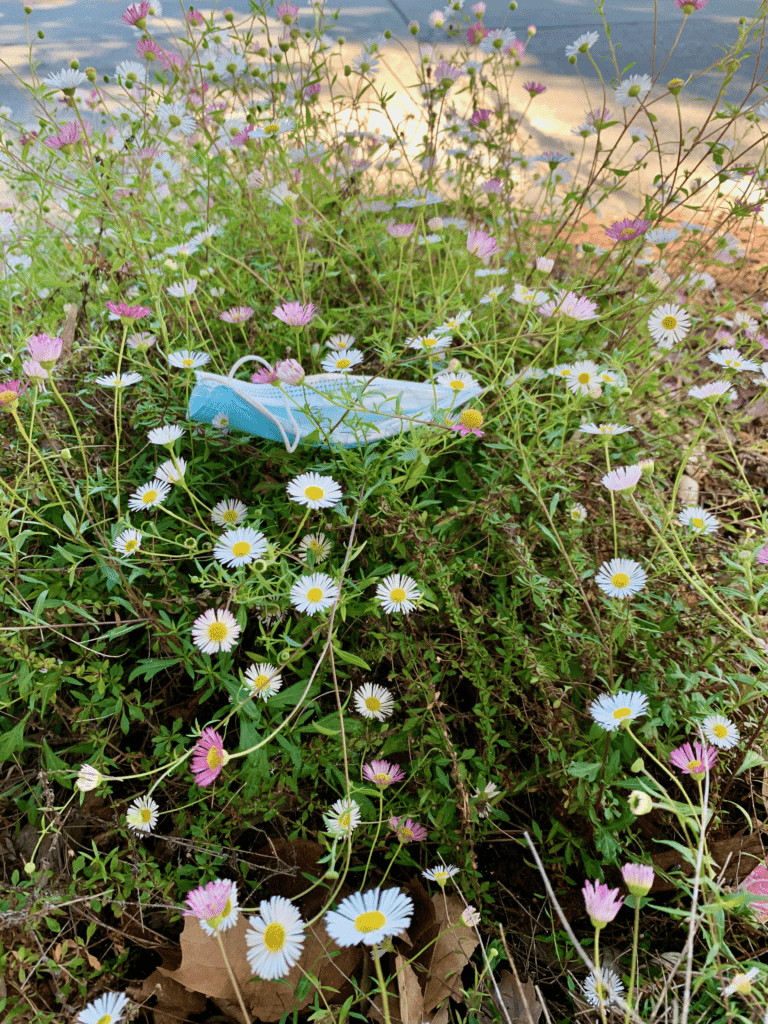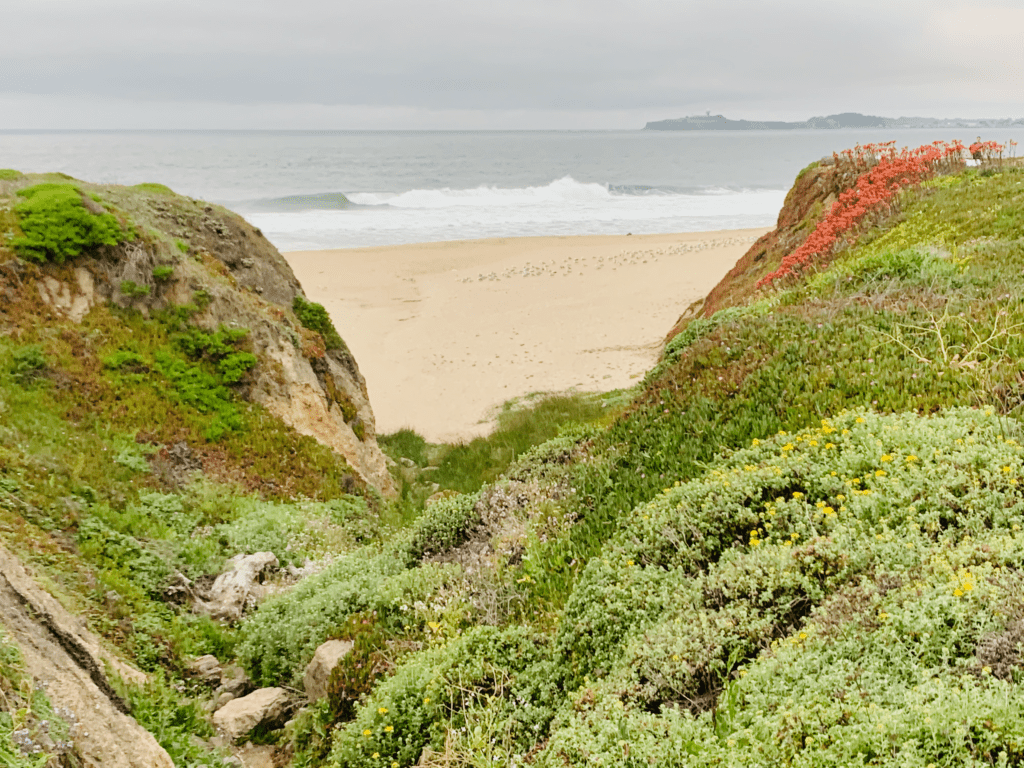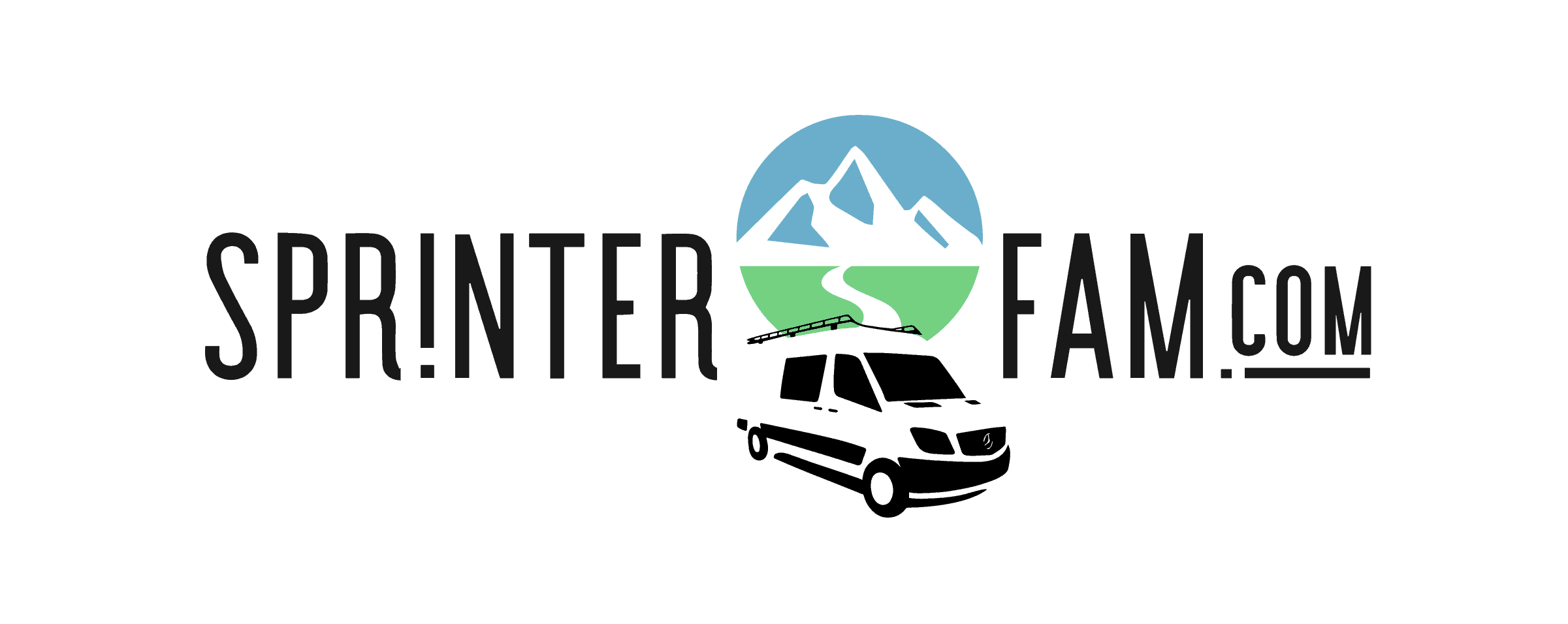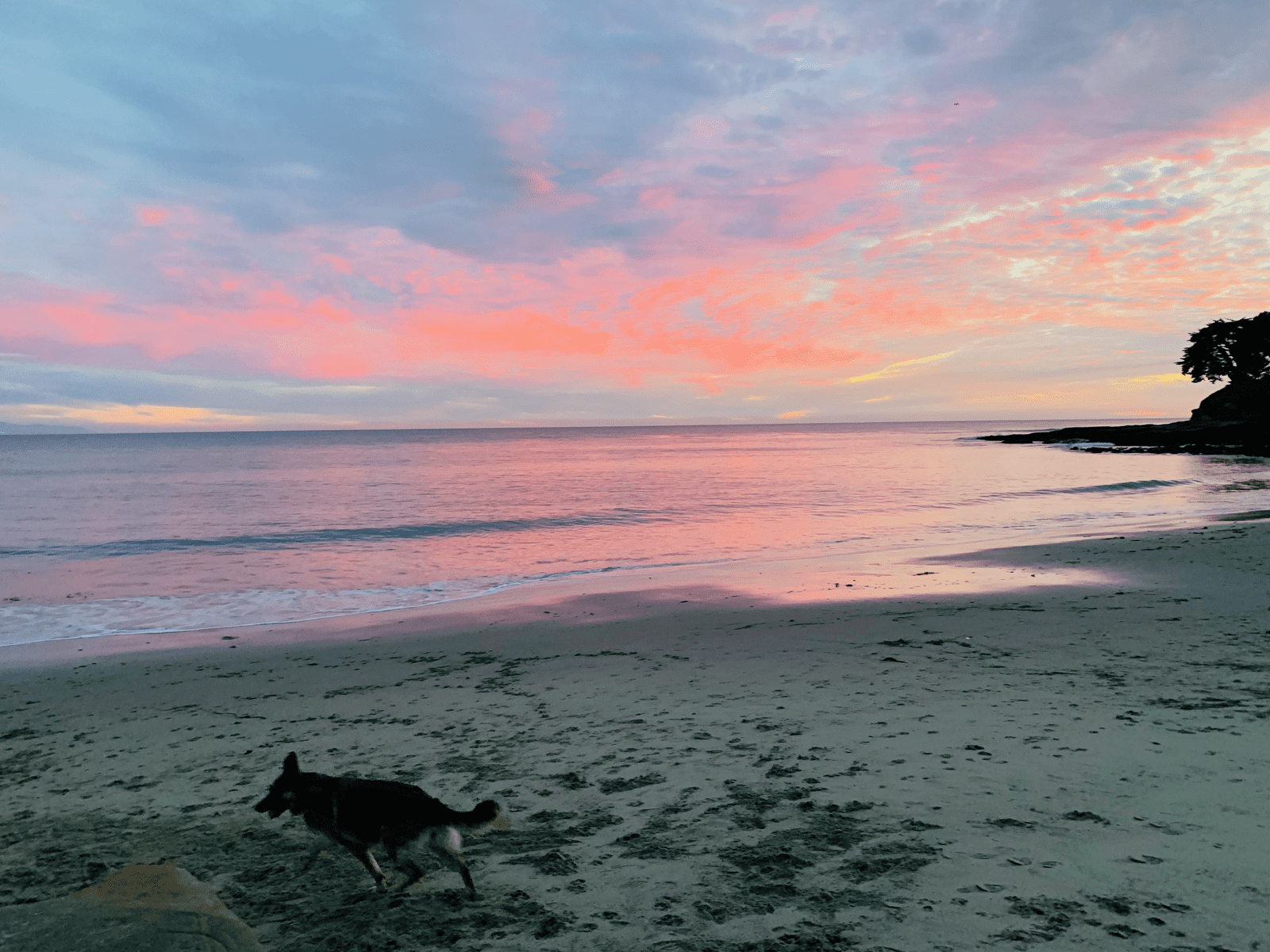With Coronageddon in full force, I’ll step back to discuss COVID-19 as it relates to my other job, an Emergency Physician with an MPH. Most of the writing we do here at Sprinterfam relates to traveling with our kids, but since COVID-19 is new and unknown, and has evoked a lot of fear, I’d like to add to the dialogue.

So what is so scary about COVID-19? It’s a couple of factors, but mostly they relate to the mortality rate, and infectivity.
Covid-19 Mortality Rate
Mortality rate relates to the number of individuals infected who ultimately die from the infection – whether directly or from other complications. Infectivity, known within epidemiology as the r0, looks at how many people will get infected from each infected person.
COVID-19 may have a high mortality rate. This is likely one of the scariest aspects of the current pandemic. While these numbers are all likely inflated due to under testing, these numbers are none-the-less very scary. As of today, China is reporting a mortality rate of around 4.05%, Italy is even scarier at 11.75%, with an overall mortality rate around 4.93%, see here. In the US, we’ve seen a much lower mortality rate around 1.94%, see here.
In perspective, during the 2018-2019 influenza season in the United States, the mortality rate was between 0.08% and 0.16% (with a total death count between 36,400 and 61,200), see here. During the last swine flu pandemic, the US saw a mortality rate between 0.1% and 0.4%, see here. We will likely see the overall mortality rate fall, possibly drastically. The primary reason for this is that as testing and surveillance continue to ramp up, we’ll identify more positive individuals. This increases the denominator and lowers the the mortality rate.

Covid-19 Infectivity
The other aspect that makes COVID-19 so frightening is the Rr0, or infectivity. Per Zhang et al, COVID-19 has an r0 of 2.28. Marc Wathelet, a Belgian virologist, argues however that Covid-19 may have an r0 as high as 7, see here. Again, for reference, the seasonal flu averages an r0 of 1.28. Further, H1N1 during the last pandemic demonstrated an r0 of 1.2 to 1.6, per the World Health Organization.
Finally, a disclaimer. Epidemiological data, as a rule, is retrospective, meaning examined and presented after the fact, and not in real time. The above data is an attempt to capture the current scope of the COVID-19 crisis. But by it’s nature of being collected real time, cannot be equivalently compared to retrospective data. None-the-less, this this the best data we have at this time to understand the scope and impact of the COVID-19 pandemic.
Major Take-Aways
Putting all the data together, as a physician I have 3 major take-aways.
1) COVID-19 is highly infectious, with a r0 likely at least twice that of the seasonal flu, but as high as 5.8 times that of the seasonal flu.
2) COVID-19 is deadly, with mortality rates as high has 11.75%, but more likely in the 1-2% range. Regardless, COVID-19 appears to be more deadly than seasonal flu.
3) COVID-19 is unlike anything we’ve seen in our lifetime (unless you’re a centenarian), and really does need to be taken seriously.
Closing Nature Spaces is Bad Public Policy
The effects of covid-19’s unknowns is that society as we know it has been shut down. A majority of the United States (and much of the rest of the world) is on a de facto house arrest, and this is where my next major concern comes. Cabin fever is real, and as highlighted here by Michael Rosenwald at the Washington Post, can have profound effects on people’s well-being.

As evident, here at Sprinterfam, we live in nature. In Part 2, I will explore recent closures of public nature spaces, how that’s impacted us as a family. I’ll discuss why this is a bad public policy decision.
Subscribe To Our Newsletter.
Join our mailing list to receive the latest news and updates from our team.





















